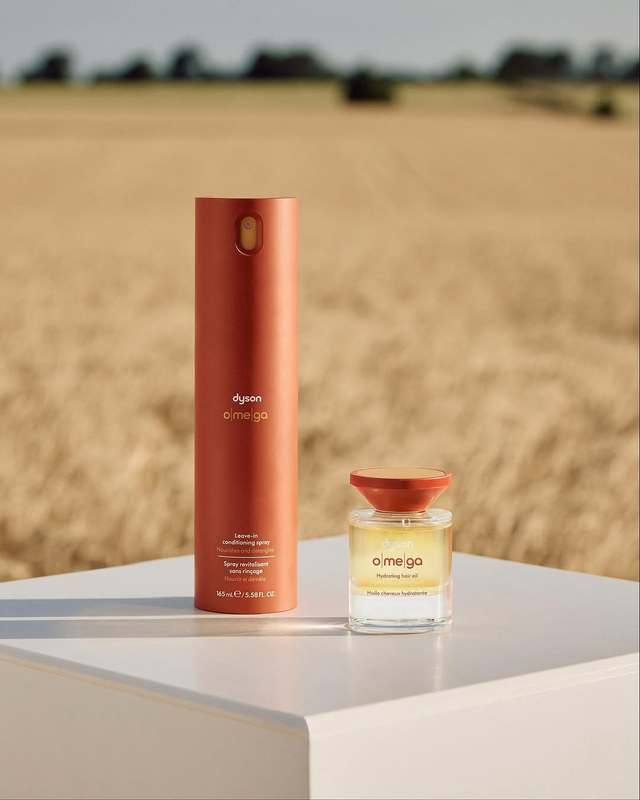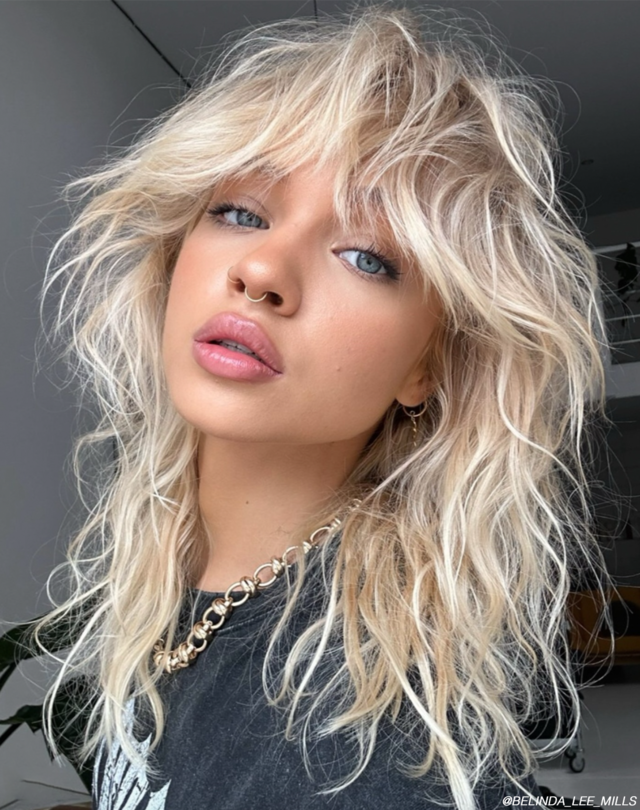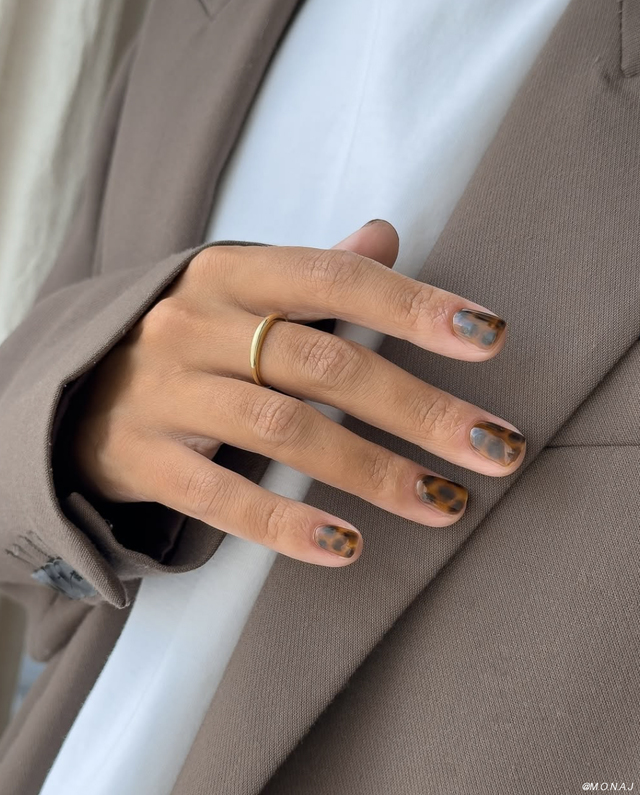
Getting Down To Earth with Dyson's New Nourishing Haircare Collection
It’s not every day that a high-performance technology brand digs its hands into the soil to cultivate its next big idea. But Dyson, known for revolutionizing the beauty industry with its high-tech hair tools, has done just that. This summer, they’ve introduced the Dyson Omega™ Nourishing Collection—a new haircare line rooted (quite literally) in both scientific innovation and sustainable farming.
Blending over a decade of hair science with agricultural expertise, the Dyson Omega™ line is a thoughtful response to one of the most persistent hair concerns: dryness. Rather than masking damage, this collection aims to nourish from within, combining natural omega-rich ingredients with advanced formulation science to deliver long-lasting results.

Breezy Does It: Air-Dry Texture and The Beauty of Doing Less
Discover the ultimate fall hair refresh with effortless air-dry texture styles perfect for shags, bobs, and layered cuts. Learn how to enhance your natural waves and curls—or create soft, undone waves with heat tools and styling sprays. Embrace low-maintenance, texture-friendly haircuts that bring out your best fall look without the fuss.

The 5 Nail Colors Everyone Will Be Wearing Come Fall
Looking to update your manicure for autumn? These top fall nail colors are set to dominate the season. From the trending tortoise shell nails to rich mocha browns, deep red wine shades, bold forest greens, and luxe velvet nails, this guide covers the best fall nail trends for every style. Whether you love a salon-perfect look or a DIY polish session, discover the most stylish nail colors for fall that you’ll be seeing everywhere.